The choice to attend graduate school is a major life decision and figuring out how to pay for it is an important step. Most students take out federal loans to pay for acupuncture school and many also work part-time jobs. The most astute students also apply for scholarships.
Each year AOMA awards scholarships to current students. The AOMA scholarship webpage informs students of internal and external scholarship opportunities.
AOMA Scholarships
President's Award - $500 - Deadline: May 15, 2014
The President’s Award is a scholarship awarded by AOMA to a currently enrolled AOMA student in good academic standing. The President seeks to support AOMA students who contribute to the professional community of Chinese medicine through leadership and/or publication. Leadership activities can include involvement with national, state, or student professional associations, or participation in legislative efforts.
Golden Flower Chinese Herbs - $500-1,000 - Deadline: May 15, 2014
Each year, Golden Flower Chinese Herbs generously provides AOMA with scholarship funds. Two awards are given for overall excellence in Chinese medical studies and six awards are given for excellence in acupuncture studies, herbal studies, biomedical sciences, and clinical internship.
AOMA Scholarship - $250-500 - Deadline: May 15, 2014
The AOMA Scholarship awards are given annually for overall excellence in Chinese medical studies. Recipients are selected based on their AOMA GPA, grades in individual subject areas, financial need, and response to the essay question.
External Scholarships
ABORM Annual Scholarship - $1,000 - Deadline: March 31, 2014
The ABORM Annual Scholarship is awarded annually to a student enrolled in either a Master’s Degree Program or the Doctoral Degree Program. The scholarship is paid upon successful submission and acceptance for publication of an article in the Journal of Chinese Medicine (JCM). The purpose of the ABORM Annual Scholarship is to foster new scholarly inquiry in the field of Oriental Reproductive Medicine & Infertility for publication in the Journal of Chinese Medicine.
Evergreen Hua-Tuo Scholarship - $1,000 gift card - Deadline: TBA, 2014
Evergreen Herbs funds a scholarship to further the development of effective TCM treatment protocols, while inspiring bright and passionate students of Chinese Medicine to research and write in the field. The winner will receive a scholarship in the form of a $1,000 Evergreen Collection Gift card good towards Evergreen herbal formulas. The winning research paper will also be published by Lotus Institute of Integrative Medicine as well as posted to the Evergreen Herbs' website. Five runners-up will also be selected and will receive their choice of Chinese Medical Herbology and Pharmacology or Chinese Herbal Formulas and Applications by John Chen and Tina Chen.
Mayway Scholarship - Deadline: TBA, 2014
The Mayway Scholarship Program is open to doctorate of acupuncture and Oriental medicine and master's level students who are currently enrolled in an ACAOM–accredited college of Oriental medicine within the United States and who will be attending a college of OM in fall 2013.
Nuherbs Scholarshi - Deadline: April 1, 2014
The nuherbs Co. Scholarship Program awards three yearly scholarships to current enrollees of ACAOM accredited acupuncture schools.
· nuherbs Scholarship: $2,000
· Herbal Times Scholarship: $1,500
· Jade Dragon Scholarship: $1000
Sokenbicha Essay Challenge - $1,000-4,000 - Deadline: TBA, 2014
The Sokenbicha Essay Challenge is a scholarship contest for students of ACAOM approved Acupuncture and Oriental Medicine schools. First prize is a $4,000 scholarship and paid admission into the annual AAAOM Leadership Meeting and Student Conference (includes airfare and hotel). The first place winner will be recognized at the Student Conference during the Student Caucus. Second prize is a $1,000 scholarship. All winning essays will be printed and distributed to AAAOM conference attendees and will also be published on the Sokenbicha Web site.
Standard Process Scholarship - $2,500 - Deadline: June 28, 2014
Standard Process is sponsoring a yearly scholarship fund for our AOMA students who are in their last three terms of their program. The student must have a cumulative GPA of 2.9 or higher, must be between 1 - 3 terms from graduation, have a list of contributions to the acupuncture profession, the college, and the community, provide a letter of recommendation and write a 500-750 word essay.
The Trudy McAllister Fund - $2,000 - Deadline: TBA, 2014
This scholarship program was established to support students who have entered the last phases of their clinical training or who have undertaken post-graduate studies in acupuncture and Oriental medicine and show promise of making significant contributions either to clinical practice and/or to the understanding of the role of traditional Oriental medicine in a modern context.
Thermo Fisher Scientific, Inc. Scholarship- $5,000-10,000 - Deadline: TBA
The Thermo Fisher Scientific Inc. Scholarship supports educational opportunities for future generations of scientists. The scholarship is to be awarded to undergraduate and graduate students with a declared major of biology, chemistry, biochemistry, or a related life-science field. To qualify for the scholarship, students must have a GPA of 3.0 (on a 4.0 scale) and be enrolled in an accredited college for university.
Tylenol Future Care Scholarship - $5,000-10,000 - Deadline: May 31, 2014
The Tylenol Future Care Scholarship is available to any student pursuing a career in healthcare. Ten applicants will receive $10,000 in scholarships and thirty applicants will receive $5,000 in scholarships. Visit Tylenol's Facebook page for further information.
Tillman Military Scholar Program - Deadline: March 6, 2014
The Military Scholar Program offers financial assistance to service members, veterans, and their spouses to cover academic and/or living expenses while in school. For more information about the Pat Tillman Foundation and the Tillman Military Scholars program, please visit their website: http://pattillmanfoundation.org/scholars. Members of each class of Tillman Military Scholars represent a rich and diverse set of backgrounds, experiences and ambitions, and were selected based on strong leadership potential and a drive to make a positive impact on others through service.
Additional Scholarship Resources
Sallie Mae's Scholarship Search
Sallie Mae's free Scholarship Search offers access to an award database that contains more than 3 million scholarships worth over 16 billion dollars, and it is expanded and updated daily. For information, please visit the Sallie Mae Scholarship search website.
For more information about scholarships at AOMA, or to make a contribution, please contact the director of financial aid Estella Sears or visit our scholarship page.
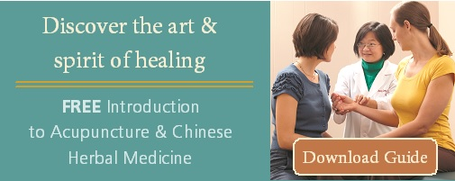
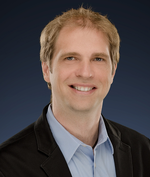 John S. Finnell, ND, MPH, LAc is AOMA’s director of research, as well as doctoral program director. Dr. Finnell’s latest research project “Unravelling the Relationship between Biomarkers of Aging and Vitamin D Metabolism” investigates the possibility that correction of vitamin D insufficiency in humans may result in increased expression of Klotho, an anti-aging protein tightly involved in vitamin D homeostasis. Deficiency of Klotho confers an age-like phenotype in multiple mammalian species. Decreased Klotho protein expression has been implicated in rapid aging and increased oxidative stress, and potentially contributes to increased disease risk and all-cause mortality associated with vitamin D insufficiency. Dr. Finnell and his research team hypothesize that treating vitamin D insufficiency may result in changes in circulating Klotho levels. They expect that this research may lead to a better understanding of the health benefits of sufficient vitamin D status.
John S. Finnell, ND, MPH, LAc is AOMA’s director of research, as well as doctoral program director. Dr. Finnell’s latest research project “Unravelling the Relationship between Biomarkers of Aging and Vitamin D Metabolism” investigates the possibility that correction of vitamin D insufficiency in humans may result in increased expression of Klotho, an anti-aging protein tightly involved in vitamin D homeostasis. Deficiency of Klotho confers an age-like phenotype in multiple mammalian species. Decreased Klotho protein expression has been implicated in rapid aging and increased oxidative stress, and potentially contributes to increased disease risk and all-cause mortality associated with vitamin D insufficiency. Dr. Finnell and his research team hypothesize that treating vitamin D insufficiency may result in changes in circulating Klotho levels. They expect that this research may lead to a better understanding of the health benefits of sufficient vitamin D status.

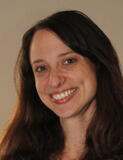 “My choice to pursue my doctorate at AOMA is an easy one because my experience at AOMA (in the master’s program) went beyond all my expectations. The professors and clinic supervisors were outstanding professionals, approachable and eager to support my learning. When the program was over, I felt very well prepared to begin my practice. I have nothing but enthusiasm about returning.” – Debbie Vaughn
“My choice to pursue my doctorate at AOMA is an easy one because my experience at AOMA (in the master’s program) went beyond all my expectations. The professors and clinic supervisors were outstanding professionals, approachable and eager to support my learning. When the program was over, I felt very well prepared to begin my practice. I have nothing but enthusiasm about returning.” – Debbie Vaughn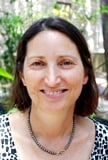 “The AOMA doctoral program on pain care and the psychosocial world offers an exploration of what it means to be human, and that interests me. Pain as a locus of inquiry and a portal into human consciousness is simply brilliant. Pain is a pivot point for people, one that is difficult to ignore and a primary reason for visiting a Chinese medical practitioner.” – Pamela Gregg Flax
“The AOMA doctoral program on pain care and the psychosocial world offers an exploration of what it means to be human, and that interests me. Pain as a locus of inquiry and a portal into human consciousness is simply brilliant. Pain is a pivot point for people, one that is difficult to ignore and a primary reason for visiting a Chinese medical practitioner.” – Pamela Gregg Flax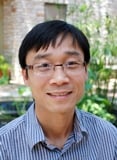 “When my patients entrust their health to my knowledge, I believe that it is my responsibility to continue learning and become the best that I can. Initially, I chose AOMA because I had heard of Dr. William Morris, his profound knowledge in TCM and pulse-taking techniques, and his dedication to the TCM field. After finishing two terms at AOMA, I realized that all of the faculty here are also the best in their specialties. This is rare to find. The guest lecturers are also the best in their field and are willing to share their knowledge and success. Not only is TCM taught more in-depth, but biomedicine and research methods are also emphasized. Moreover, AOMA has the affiliation with hospitals and other major universities where I will be able to learn an integrative approach to healthcare and get access to the tools needed for my research.” - Thang Quoc Bui
“When my patients entrust their health to my knowledge, I believe that it is my responsibility to continue learning and become the best that I can. Initially, I chose AOMA because I had heard of Dr. William Morris, his profound knowledge in TCM and pulse-taking techniques, and his dedication to the TCM field. After finishing two terms at AOMA, I realized that all of the faculty here are also the best in their specialties. This is rare to find. The guest lecturers are also the best in their field and are willing to share their knowledge and success. Not only is TCM taught more in-depth, but biomedicine and research methods are also emphasized. Moreover, AOMA has the affiliation with hospitals and other major universities where I will be able to learn an integrative approach to healthcare and get access to the tools needed for my research.” - Thang Quoc Bui 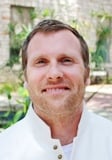 “It is now time to move forward and forge new dreams, to build on what I know and journey into what I do not. We need innovative thinkers and healthcare providers to create explainable models describing the mechanisms behind the tools that we use.” - James Phillips
“It is now time to move forward and forge new dreams, to build on what I know and journey into what I do not. We need innovative thinkers and healthcare providers to create explainable models describing the mechanisms behind the tools that we use.” - James Phillips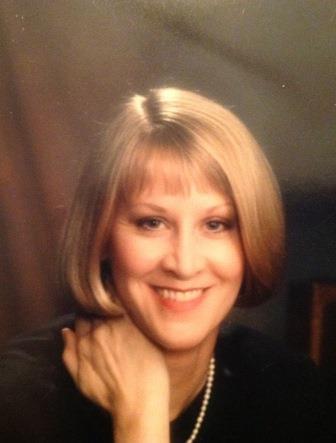 “After 10 years of private practice, I am ready to prepare myself for teaching. The philosophy and structure of the doctoral program at AOMA will further my skills and knowledge to prepare me for teaching in a master’s level program in Oriental medicine, so that new students understand the foundations of Oriental medicine. I think a doctoral level education is necessary to offer this level of teaching.” – Donna Guthery
“After 10 years of private practice, I am ready to prepare myself for teaching. The philosophy and structure of the doctoral program at AOMA will further my skills and knowledge to prepare me for teaching in a master’s level program in Oriental medicine, so that new students understand the foundations of Oriental medicine. I think a doctoral level education is necessary to offer this level of teaching.” – Donna Guthery
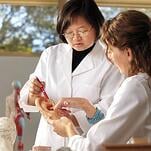
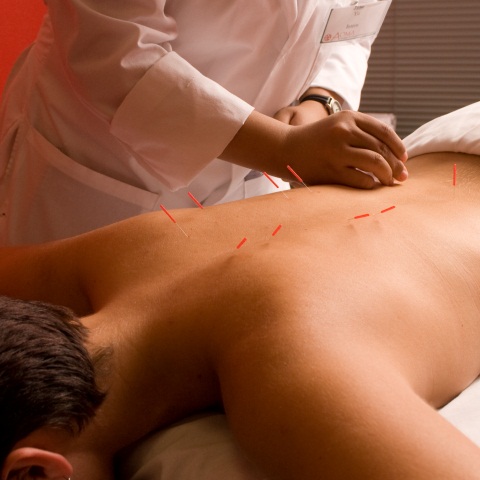 Professional opportunities
Professional opportunities.jpg?width=225&height=150&name=students_studying_(2).jpg)

 2. Flexibility
2. Flexibility 



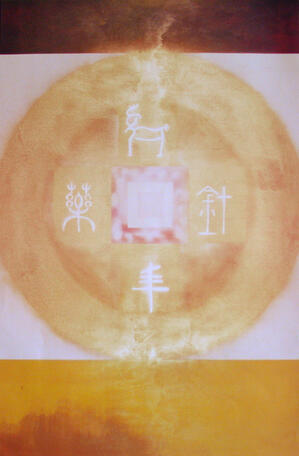

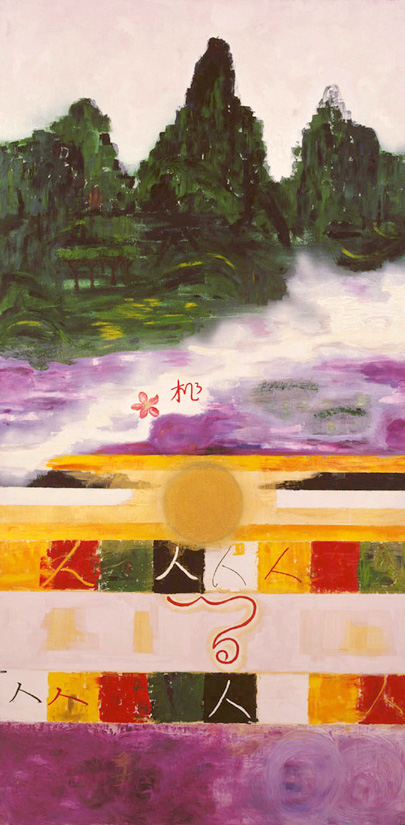
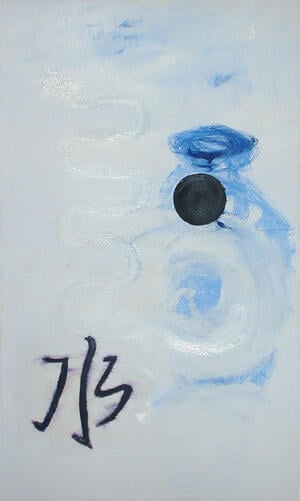
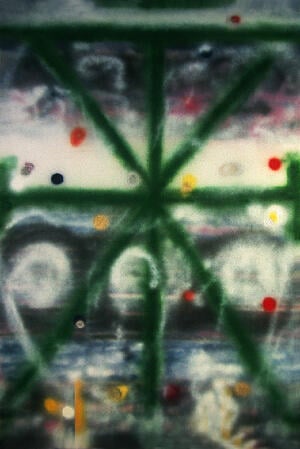

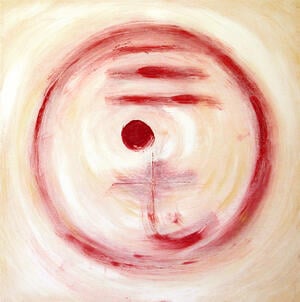
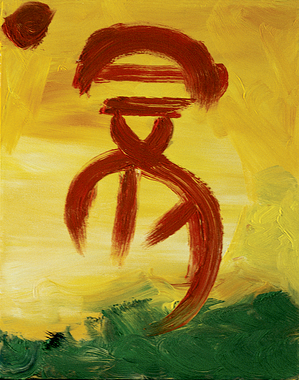
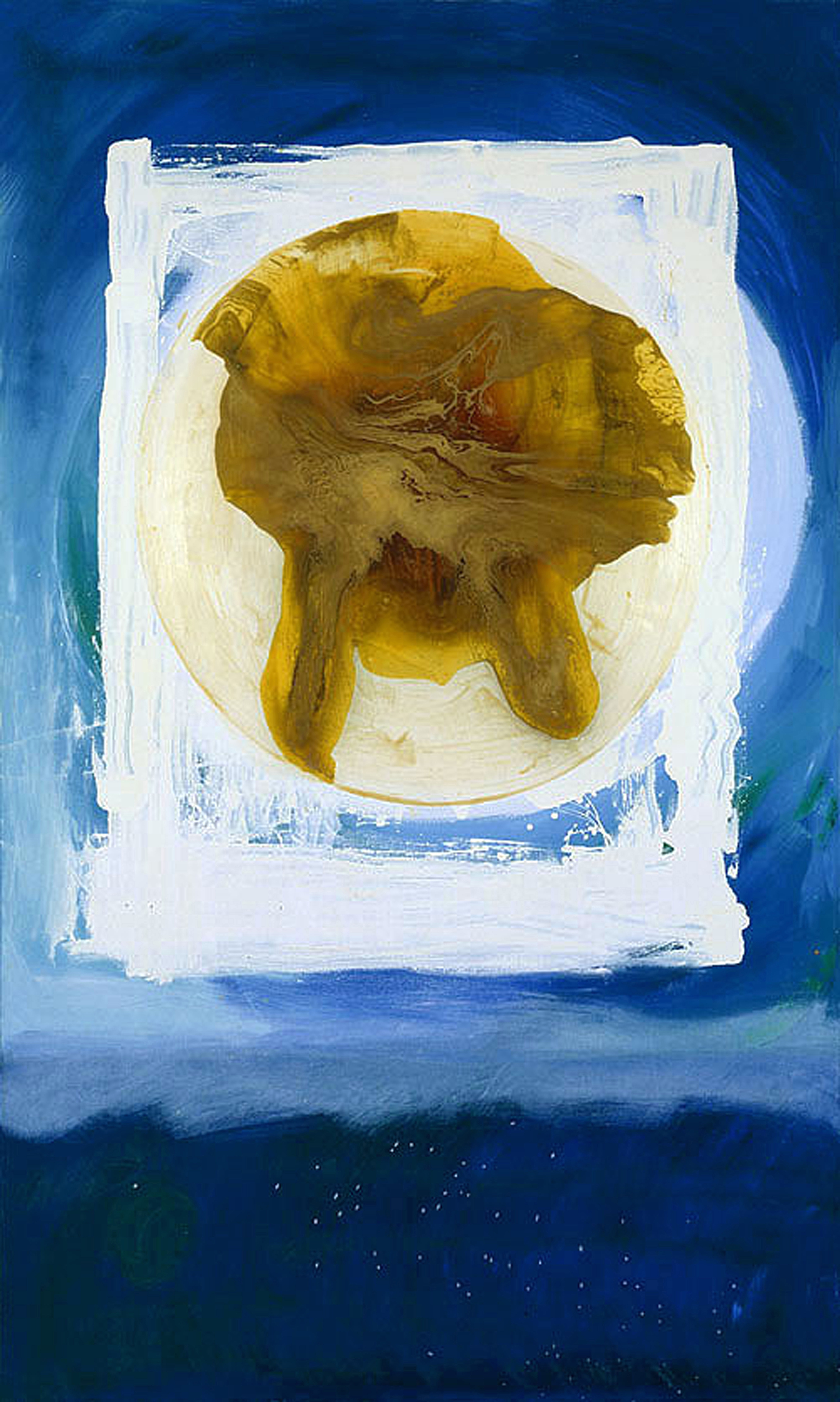
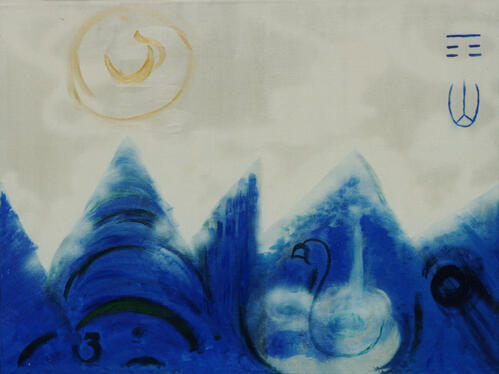
 About Kate Wetzel:
About Kate Wetzel:
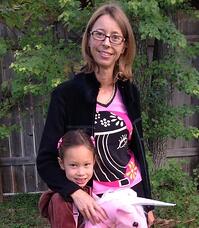 Isabelle Chen-Angliker, a pediatrician from Switzerland, was never fully satisfied with the Western medical approach. She did not agree with the method of funneling patients into an increasingly sub-specialized medical system. She was concerned with the discrepancy of more sophisticated diagnostics vs. the lack of treatment options that are both minimally invasive and without significant side effects.
Isabelle Chen-Angliker, a pediatrician from Switzerland, was never fully satisfied with the Western medical approach. She did not agree with the method of funneling patients into an increasingly sub-specialized medical system. She was concerned with the discrepancy of more sophisticated diagnostics vs. the lack of treatment options that are both minimally invasive and without significant side effects. 


.jpg?width=200&height=150&name=amy_babb_nepal_(1).jpg)
.jpg?width=200&height=150&name=amy_babb_nepal_(6).jpg) I consider my volunteer service in Bhottechour to be a resounding success. Although I don’t have the exact numbers, I provided well over 600 treatments in the past five months to people with little to no affordable or accessible healthcare options. These treatments ranged from knee pain and general body aches from working long hours in the fields, to varicose veins, hypertension, stroke recovery, high uric acid levels, allergies, various unknown pathologies, and more. I witnessed people who experienced pain for years become 90-100% pain free in just two to five treatments. The smiles and appreciation were abundant.
I consider my volunteer service in Bhottechour to be a resounding success. Although I don’t have the exact numbers, I provided well over 600 treatments in the past five months to people with little to no affordable or accessible healthcare options. These treatments ranged from knee pain and general body aches from working long hours in the fields, to varicose veins, hypertension, stroke recovery, high uric acid levels, allergies, various unknown pathologies, and more. I witnessed people who experienced pain for years become 90-100% pain free in just two to five treatments. The smiles and appreciation were abundant. .jpg?width=200&height=150&name=amy_babb_nepal_(2).jpg) Some of my most favorite moments were simply lying in the grass outside the clinic with other members of the staff just watching. We saw the millings of a small village where either a motorcycle or a bus passing was a rare event. People carried heavy loads on their backs full of grains and grasses to feed their buffalo and goats. Some stopped into the little shop at the end of our hill to enjoy a cup of tea and catch up on local affairs. We watched the neighbors plowing their fields by day and enjoying a campfire by night. Mostly, we just watched the view of the still mountains and the clouds drifting in the sky.
Some of my most favorite moments were simply lying in the grass outside the clinic with other members of the staff just watching. We saw the millings of a small village where either a motorcycle or a bus passing was a rare event. People carried heavy loads on their backs full of grains and grasses to feed their buffalo and goats. Some stopped into the little shop at the end of our hill to enjoy a cup of tea and catch up on local affairs. We watched the neighbors plowing their fields by day and enjoying a campfire by night. Mostly, we just watched the view of the still mountains and the clouds drifting in the sky. .jpg?width=150&height=234&name=amy_babb_nepal_(4).jpg) The second part to my Nepal saga is manifesting daily. I now live full-time in Kathmandu with my partner in crime. We watch our future unfolding and we are constantly in awe. Currently, I have Sheng Zhen Gong classes to teach, acupuncture treatments to give, meditations and teachings to enjoy and spiritual practices of Tibetan medicine to research. I think it’s going to be great!
The second part to my Nepal saga is manifesting daily. I now live full-time in Kathmandu with my partner in crime. We watch our future unfolding and we are constantly in awe. Currently, I have Sheng Zhen Gong classes to teach, acupuncture treatments to give, meditations and teachings to enjoy and spiritual practices of Tibetan medicine to research. I think it’s going to be great! 